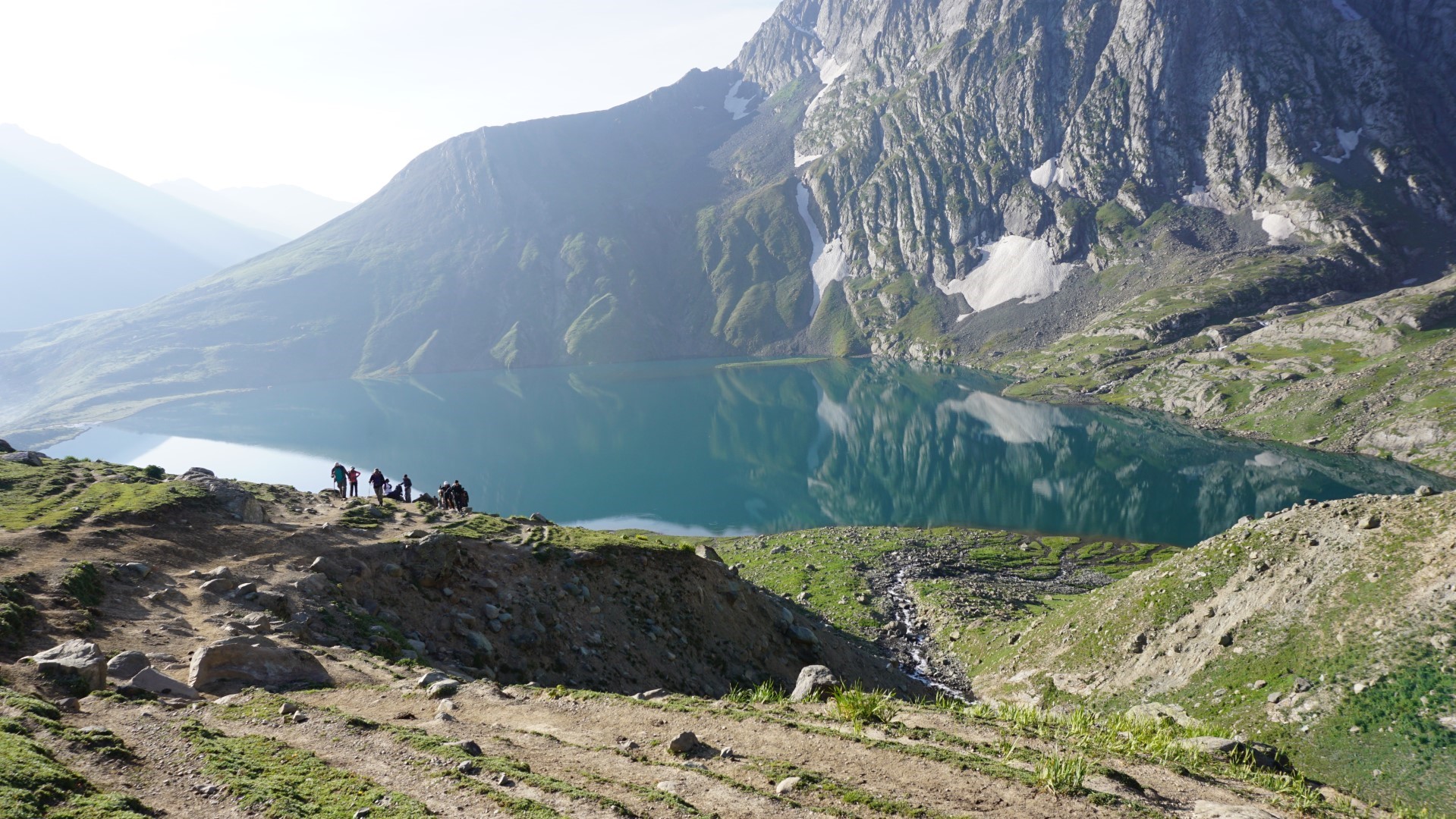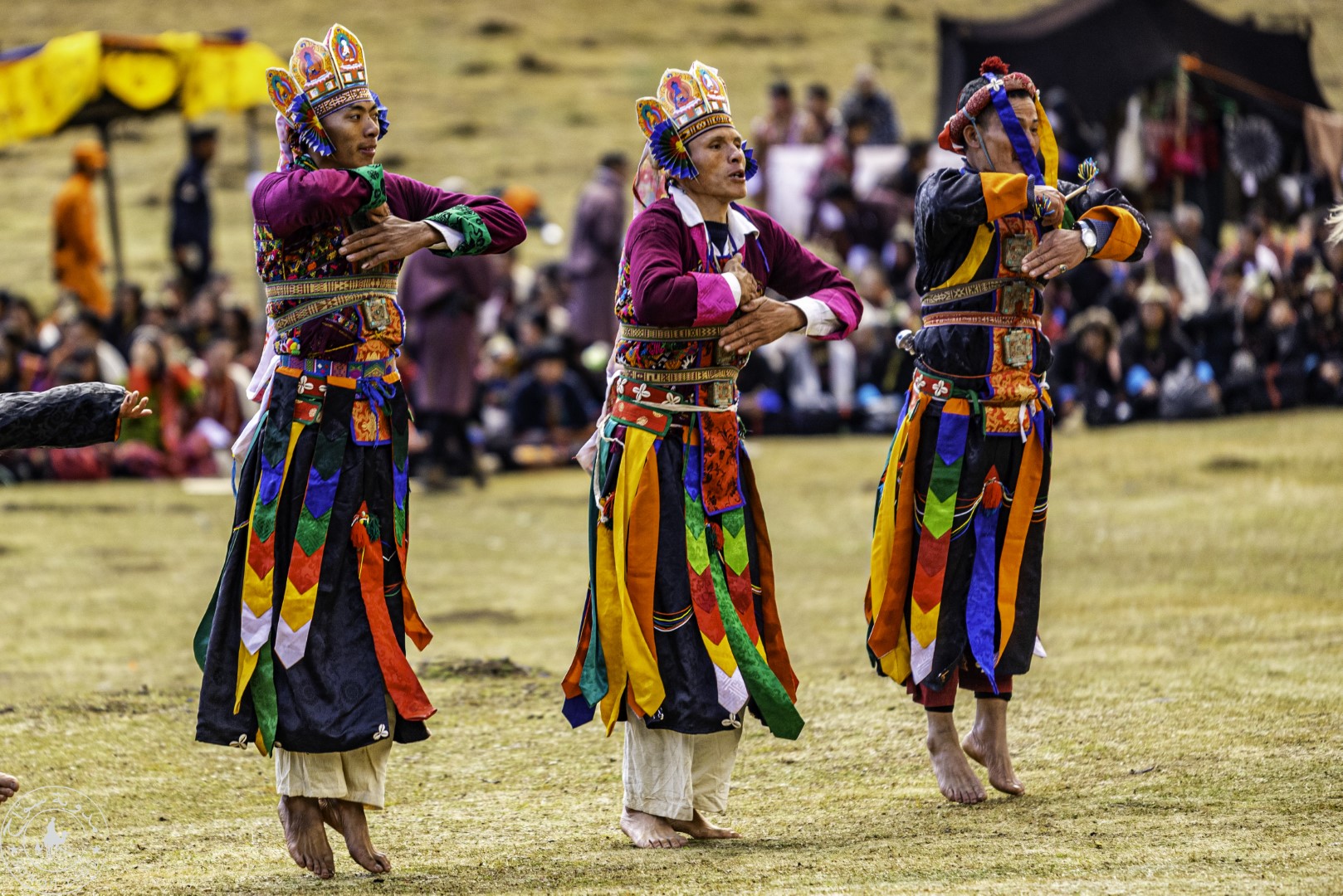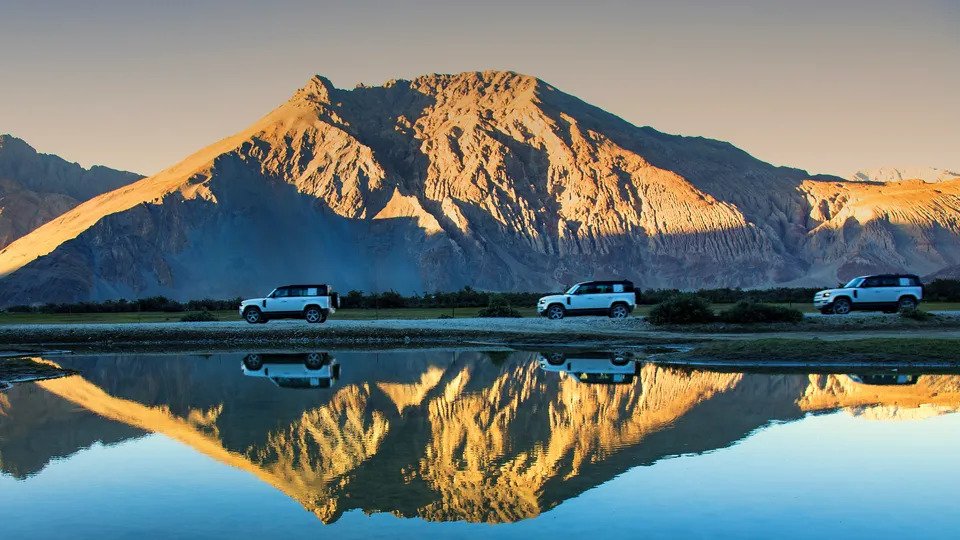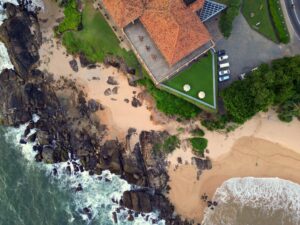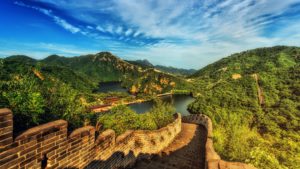

The Circuit of Manaslu – Expect the Unexpected
When trekking—whether in the Himalayas or elsewhere—always expect the unexpected.
The truth of this maxim has been evident on every trek I have undertaken. Circumnavigating the towering Manaslu in central Nepal proved to be no different, but that’s not how it started out. That very first morning, as our group moved out of the road head of Sotikhola, we had no inkling of the hardships to come. Indeed, the leisurely ten-day walk-in from Sotikhola (700m), gradually ascending to our ultimate objective, the Larkya La pass (5,160m), seemed like a great idea at the time.
On the first morning, we set off in good spirits at a brisk pace from Sotikhola, bright sunshine pouring down on us as we moved through the lush tropical forest. Soon a uniformed sentry directed us towards the Buri Gandaki, foaming and roaring its way down the narrow valley below. This diversion, meant to avoid the roadwork ahead and save us time, cost us heavily later in the day, though naturally we had no idea at the time of the trouble that lay ahead. All our efforts were focused on crossing the river, as we carefully edged along an immensely long and narrow steel footbridge, which swayed and swung alarmingly under our feet. What was supposed to be a minor diversion turned out to be a massive detour involving a steep ascent up the opposite mountainside, an hour-long traverse, followed by an equally precipitous plunge back to the riverbed. I could see that this had knocked the stuffing out of the newbies who had expected a relatively easy walk up to our night halt at Khorlabesi.
Learning from our mistakes of the disastrous first day when we had been scattered all over the mountainside, we decided to move together as a group, with Sujoy as leader and Shyam as sweeper, keeping everyone within sight. We made good progress up the valley until the sun came up and we began to sweat profusely. This idea of starting low and moving up gradually was beginning to look less and less wise with every passing day. We picked our way cautiously across a landslide that had devastated the trail, a grim reminder of the massive earthquake that had struck Nepal exactly two years ago, in April 2015.
Despite our travails, we stopped to admire the magnificent view, and to catch our breath, of course. Far below, the Buri Gandaki was a source of endless fascination, its aspect changing every few miles—at times a raging torrent rushing through a deep gorge, at others a meandering stream moving more sedately in braided channels through a wide flat valley.
Finally, we reached our overnight stop at Jagat, thankful to celebrate the end of another long day of hauling our bodies uphill in the relentless sun.


Day three dawned grey and overcast, and the outlook for the day’s route was equally forbidding. Deng was listed as an 8–9-hour walk, but given our experiences on this trail in the last two days, we were sceptical about this claim. Our progress until lunch was within target, but now the stress and tiredness were beginning to show on our faces and bodies. One of the Pantherettes, Vidya, had begun to limp badly. We trek veterans helped her the best we could by bandaging her knee and lightening her load.


At this point, the Buri Gandaki changes course and bends to the left, entering a much narrower and more formidable gorge overgrown with vegetation. We finally reached Deng (1,800m) at 5 pm, just in time to catch a thrilling glimpse of the snowline high above us, glowing golden in the rays of the setting sun.
We weren’t to know it at the time but the group was about to fall apart. Day four turned out to be the final straw that broke the camel’s back. Since no recce had been done, we were flying blind with the result that once again we were tripped up by the unexpected. Precious hours were wasted as we scrambled up yet another perilous diversion, dubbed the Devil’s Trail, to avoid yet another massive landslide, and all this under the harsh midday sun. We stumbled to our lunch stop at Ghap at 3 pm, hungry and exhausted, but worse was to come.


The last stage was variously estimated at one and a half to three hours depending on which signpost you believed. The reality, as we soon discovered, was a difficult trail that pushed relentlessly upwards through thick forest to the village of Namrung (2,630m), perched precariously on the edge of the gorge. Collapsing on my bed after eleven hours of walking, and gratefully resting my blistered and aching feet, I reflected that this had been the toughest day of trekking I had ever experienced.
The next morning, three of the four Pantherettes decided to call it quits. One could hardly blame them; it was their very first trek and it had proved to be unexpectedly demanding, both mentally and physically. Even for trek veterans like the three of us college mates, it was turning out to be a killer. It was decided to call in the chopper, and the remaining six of our group bade the Pantherettes a sad and tearful farewell. We then set out for the Larkya La, still a daunting six days away.


It had been a chastening experience all around, and we were reminded once again of the old trekking maxim. Expect the Unexpected
![]()
![]()

